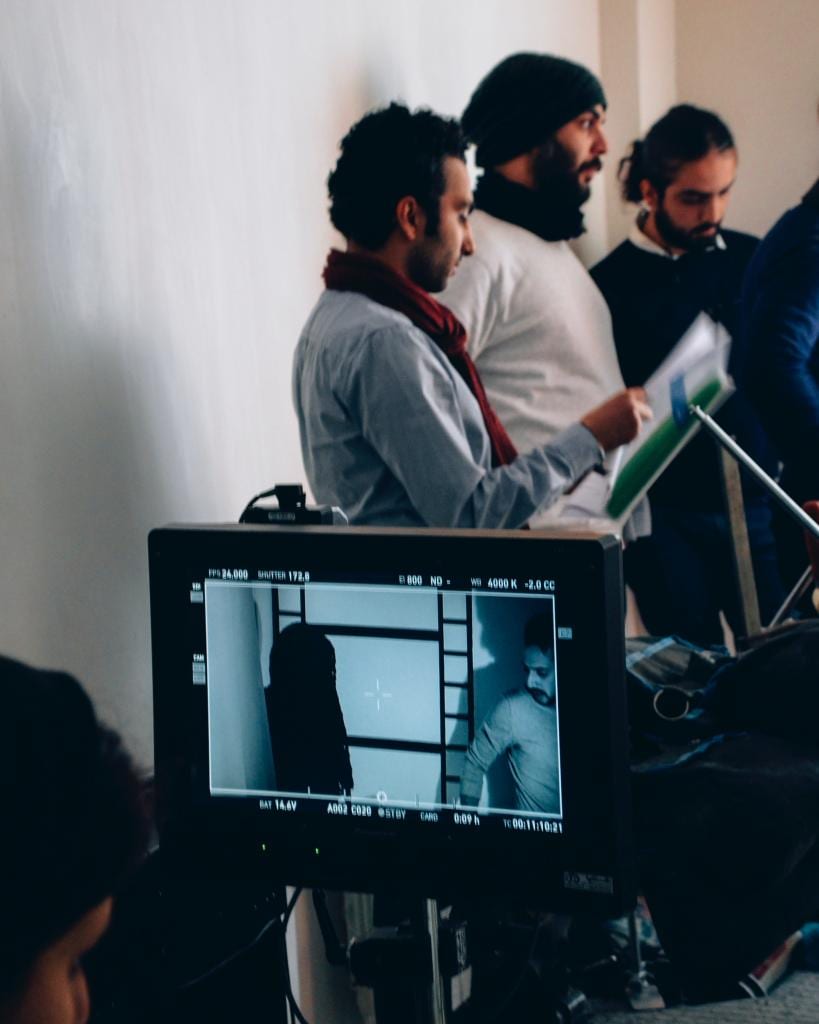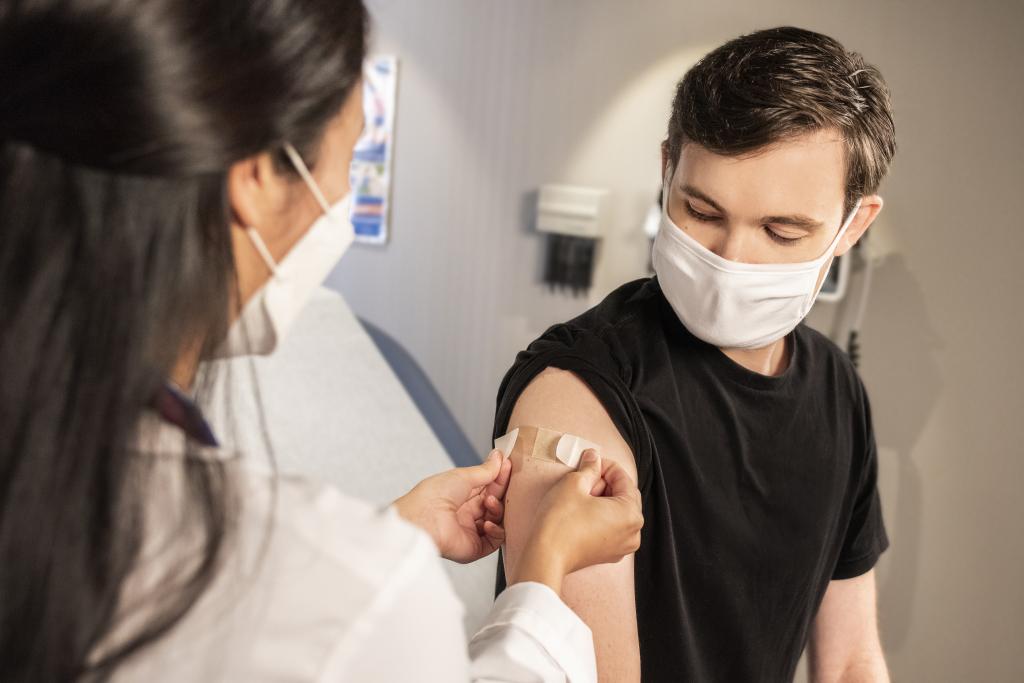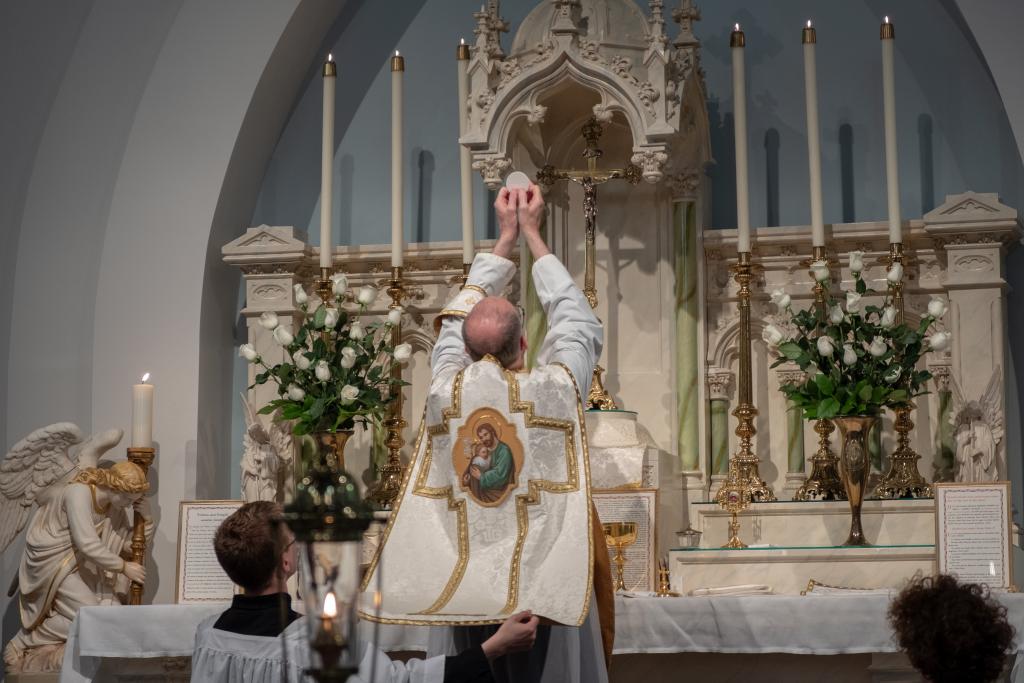Last Saturday was the one-year anniversary of the Broadway shut down. Performers took to the streets in Times Square for impromptu performances, promising that they will be back soon. It was an inspiring moment, but it wasn’t entirely honest. The most hopeful predictions place Broadway’s reopening at a limited capacity some time in September. The lights are flickering, but they’re far from on. Meanwhile, I’m writing this blog post on a break between rehearsals of a workshop of my musical The Inconvenient Miracle. Before you yell at me in the comments, let me be clear: I am not there. Myself, my composer, and the director are zooming in from our homes. A group of 15 masked students, quarantined and isolated as a cohort, are rehearsing the play in a mad two-week dash. They are outside London. I’m in New York. There will be no live audience. But it is live theater… sort of.

The Future of Live Theater
Theater as we know it will return. Audiences will pack themselves into theaters. Actors will stand onstage. We will see sweat and spittle again. If the past year has taught us anything, it’s that there is no substitute for this experience. We tried really hard to come up with one, but it did not work. On the other hand, we cannot put the stuffing back in the turkey. As with remote work and remote school, screens are now a part of the daily life of a theater artist. We know we can do certain things virtually, so there’s an expectation that we must. There are, also, undeniable benefits to embracing technology. Case in point: my presence at a rehearsal taking place overseas.
Art and Accessibility
Because this is an educational workshop, there will be no live audience during the final performance. But there will be a video, which I will be able to refer back to for future rewrites and applications. I will also be able to zoom in for the production, an experience that never would have happened before COVID. Inevitably, something will be lost. However, the fact that I will be able to see it at all is an enormous advantage both to me and to the students. This has be thinking about the possibilities for future live and professional productions.
There are many people who don’t have access to live theater as we know it. By it’s nature, theater is exclusive. It has to take place in a specific location, normally urban centers. Theaters only hold a certain number of human beings, which drives up prices. Video recordings are prohibited. However, now that we know that live video feeds, although imperfect, are possible, it’s difficult to justify not having them. Will it be possible in the future for someone in Topeka to purchase a discounted ticket and video in to a hit Broadway production? How will this impact the economics of theater? The popularity of theater? The style of performance?
Immediacy and Distance
I’ve written a few times on this blog about my changing views on the importance of immediacy for successful theater. Immediacy (“in-personness”) is the essential quality that distinguishes theater as an art form. Ultimately, I’ve come to believe that without it theater is simply not as effective. But if you don’t have access to in-person performance in the first place, you have nothing to lose from accessing a substitute. There is more opportunity for young people to fall in love with theater, the elderly confined to their homes to enjoy theater, and those isolated by distance to experience theater. There is still a stratification between those lucky enough to be present and those online, but such inequalities already exist. I’m concerned that productions will be directed toward the cameras rather than to the audience, undoing most of the value of viewing the performance in the first place. I’m concerned about theater becoming a less-good version of television. Then again, I’m excited about the possibility of renewed interest in and knowledge of the performing arts.
I don’t have the answers to these questions. What I do have is rehearsal in three minutes.
I’ll check in again next week.















